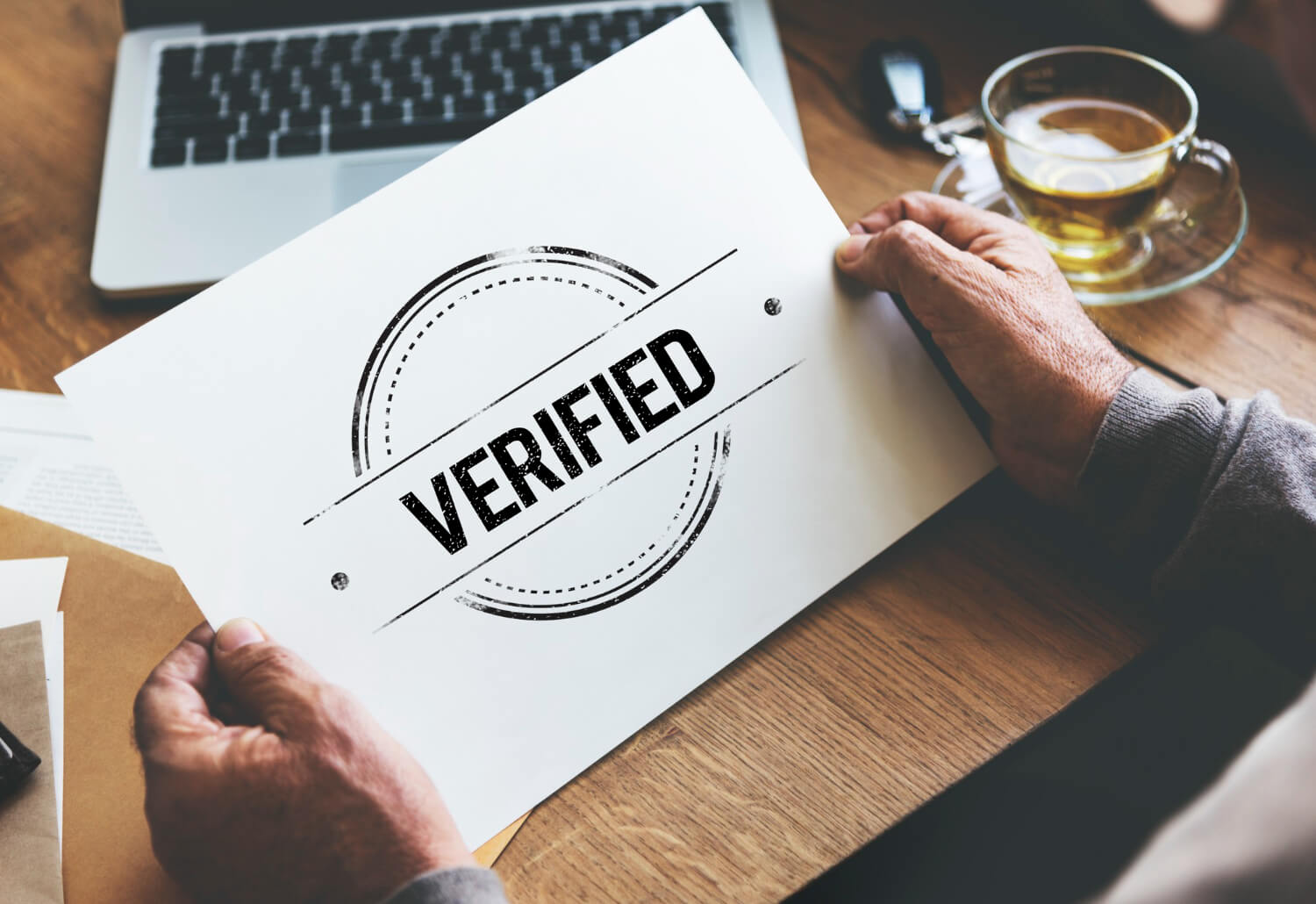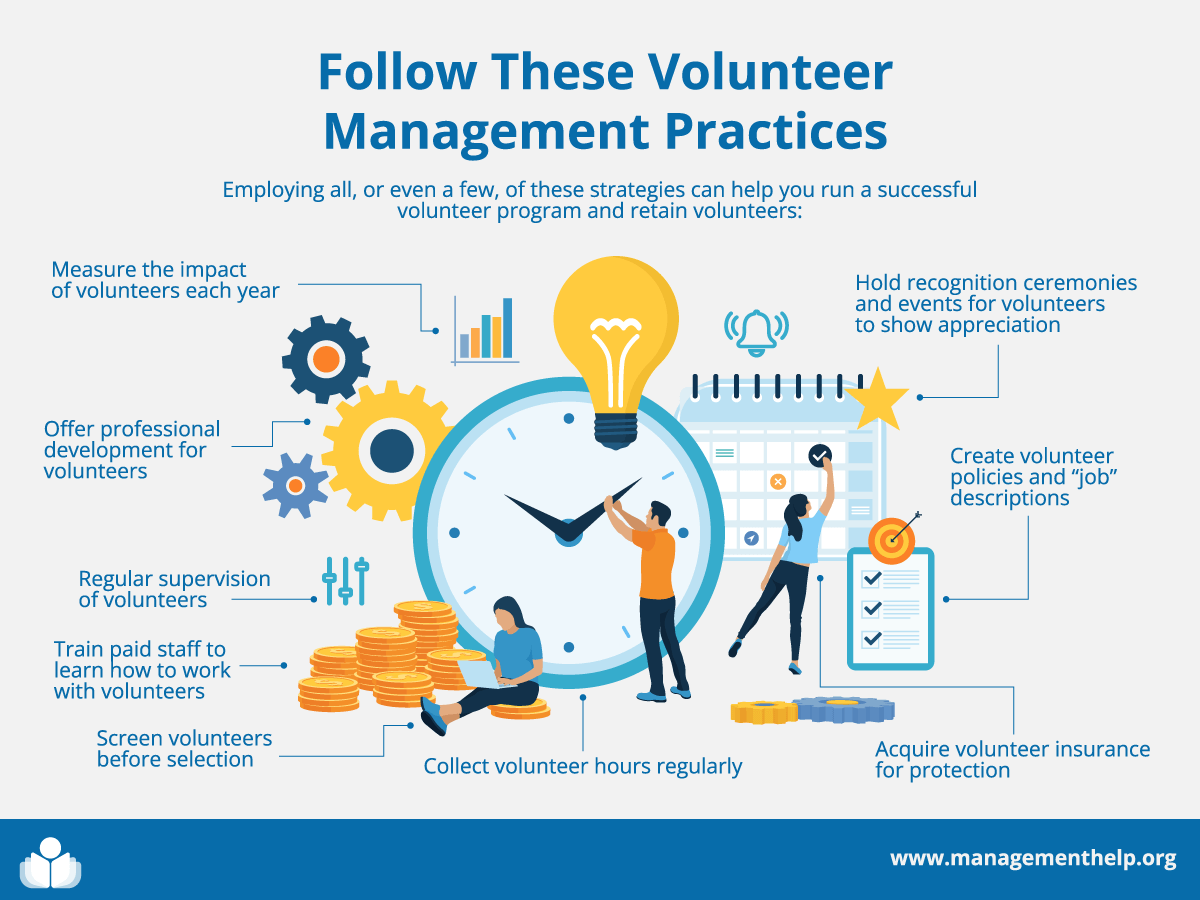Business Resources
Most Popular
Business Development — Growing Your For-Profit or Nonprofit Organization © Copyright Carter McNamara, MBA, PhD Whether your organization is a for-profit or nonprofit, you have to address certain considerations and make certain decisions if you set out to intentionally expand — or grow — your organization, products and/or services. You can grow your organization, products …
Basic Overview of Various Strategic Planning Models Learn Strategic Planning Without Incurring Travel Costs! The Series Facilitating Strategic Planning from the Consultants Development Institute provides virtual courses and numerous downloadable tools to learn to facilitate strategic planning. Concurrently you customize your own relevant and realistic Strategic Plan and earn a Certificate in Facilitating Strategic Planning. …
Basic Guide to Program Evaluation (Including Outcomes Evaluation) © Copyright Carter McNamara, MBA, PhD, Authenticity Consulting, LLC. Much of the content of this topic came from this book: This document provides guidance toward planning and implementing an evaluation process for for-profit or nonprofit programs — there are many kinds of evaluations that can be applied …
Problem Solving and Decision Making (Solving Problems and Making Decisions) © Copyright Carter McNamara, MBA, PhD, Authenticity Consulting, LLC. Sections of This Topic Include Test – What is Your Personal Decision-Making Style? Guidelines to Rational Problem Solving and Decision Making Rational Versus Organic Approach to Problem Solving and Decision Making General Guidelines to Problem Solving …
General Guidelines for Conducting Interviews © Copyright Carter McNamara, MBA, PhD, Authenticity Consulting, LLC. Adapted from the Field Guide to Consulting and Organizational Development. Sections of This Topic Include Introduction Preparation for Interview Types of Interviews Types of Topics in Questions Sequence of Questions Wording of Questions Carrying Out Interview Immediately After Interview Other Resources …
Goal Setting with Employees — What Should Employees Work On? © Copyright Carter McNamara, MBA, PhD, Authenticity Consulting, LLC. Adapted from the Field Guide to Leadership and Supervision in Business and Field Guide to Leadership and Supervision for Nonprofit Staff. Strongly Suggested Pre-Reading How to Ensure Strong Employee Performance Management Sections of This Topic Include …
Understand Generational Differences: Guidelines and Resources © Copyright Carter McNamara, MBA, PhD Sections in This Topic Include What Are Generational Differences? Overview of Perceived Differences Between Generations Are Generational Differences a Myth? Guidelines for Managing Different Generations Also consider Related Library Topics What Are Generational Differences? What is a Generation? Before we go on to …
What is Supervision? How Do I Supervise? Comprehensive, practical book by Carter McNamara The guidelines and resources in this topic are not sufficient to develop strong competencies in supervision. Those competencies come from extensive experience in applying that information. Sections of This Topic Include What is Supervision? To Truly Understand Supervision, Be Acquainted With Its …
More in Business Resources
Free Training Programs (for-profit and nonprofit) The number of free training programs and courses has increased dramatically, especially with the advent of Massive Open Online Courses (MOOC’s). The following links are to free, online training programs that provide free materials and associate means for you to learn from the materials and then to somehow verify …
Periodicals and Newsletter Directories This section is about online newsletters. Online magazines, journals, etc., are included later on below. Newsletter Directory Covering Every Topic What Are the Best Newsletter Directories? A Big List of Article, Newsletter, Ezine Submission Sites What is the Best Newsletter Directory? Internet Marketing Resource Center Ezine Directories – Passion for Business …
Online Discussion Groups One of the most convenient means to get quick, useful advice is to join a free, online discussion group in which to pose your questions. There are 1,000s of these groups and that number continues to grow rapidly. There are a variety of names for the groups, for example, listservs, egroups and …
Blogs Directories About Business Blogs Indices of Blogs About Business Blogs Before you look at any of the lists of blogs later on below, it might be useful for you to understand what is involved in writing a blog or even consider doing your own blog. See Business Blog FAQ Bloggers — A Portrait of …
Worksheet for Drafting an Organizational Mission Statement © Copyright Carter McNamara, MBA, PhD, Authenticity Consulting, LLC. Applies to nonprofits unless otherwise noted. Simply put, a mission statement is a succinct description of the overall purpose of an organization. Basically, the mission statement helps to convey the purpose of the organization to the community and aligns …
Free Nonprofit Micro-eMBA Module 6: Developing Your Strategic Plan © Copyright Carter McNamara, MBA, PhD, Authenticity Consulting, LLC. Much of this program is based on materials adapted from the Nonprofit Capacity Building Toolkit(SM). This module is in the nonprofit organization development program. However, this module can also be used by anyone as a self-study exercise …
Framework for a Basic Strategic Plan Document for a Nonprofit © Copyright Carter McNamara, MBA, PhD, Authenticity Consulting, LLC. Directions The following framework will guide you through completion of your basic strategic plan document. (There are many models for strategic planning — this framework is for conducting a goals-based plan.) Each section includes directions. Many …

















